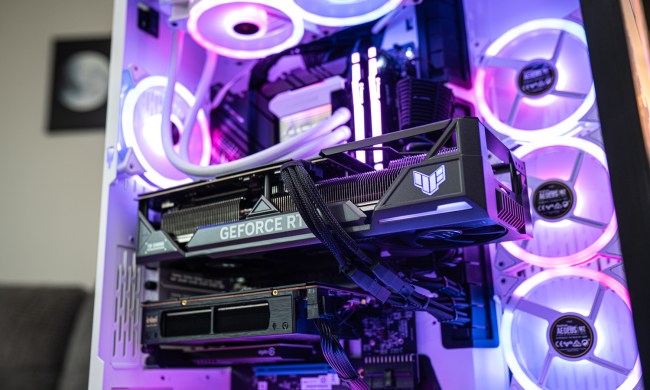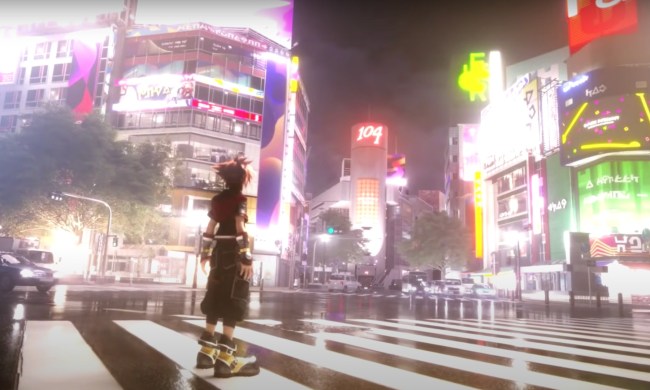For most people out there, Square Enix has always been around. However, for those more seasoned gamers out there, we remember a time when there was both SquareSoft and Enix. These two Japanese companies were the biggest rivals at the time. SquareSoft had their flagship Final Fantasy series, while Enix was keeping pace (in Japan anyway) with their legendary Dragon Quest games. When these two titans merged, it was one of the biggest deals in the entire industry. The result was essentially all the biggest JRPG franchises coming under one roof and going by the name Square Enix. Since that merger in the early 2000s, this developer and publisher has expanded to include many western studios and franchises as well.
Between the combined histories of SquareSoft, Enix, and the two merged companies, Square Enix may have one of the most impressive track records of all time. These two have been putting out some genre-defining titles almost since video games first began and show no signs of slowing down to this day. With that many impressive games under their name, it can be easy to just call Square Enix the JRPG developer, but they are responsible for so many more amazing games than that. It was no easy task, but we’ve come up with our list of the best Square Enix games of all time.
Note: We’re going to limit ourselves to one game per franchise to avoid a list full of Final Fantasy and Dragon Quest games. Also, we will include some games that were released by just SquareSoft or Enix that are too important to leave out.
See more
- The 10 best JRPGs of all time developed by Japanese studios
- The best Final Fantasy games, ranked from best to worst
- The best Final Fantasy characters of all time
Final Fantasy VII


Chrono Trigger


NieR: Automata


Deus Ex: Human Revolution


Kingdom Hearts II


Dragon Quest VIII: Journey of the Cursed King


Final Fantasy Tactics


The World Ends with You


Vagrant Story


Super Mario RPG: Legend of the Seven Stars


Xenogears


Tomb Raider





